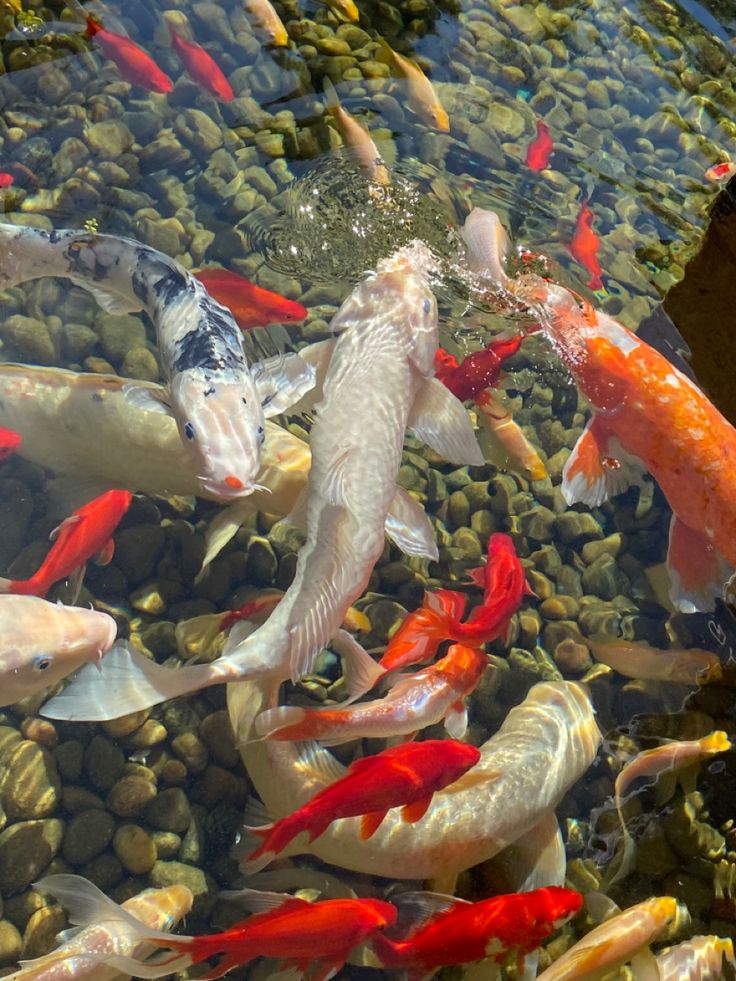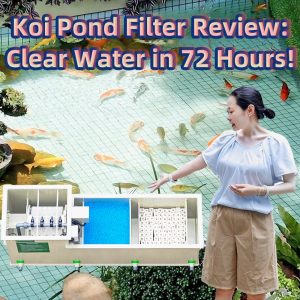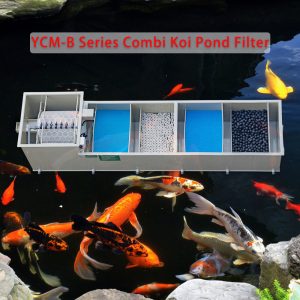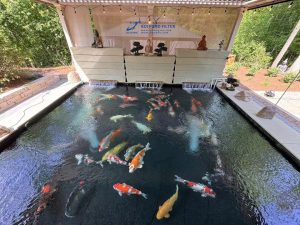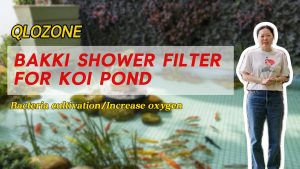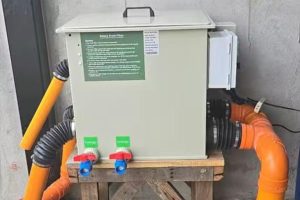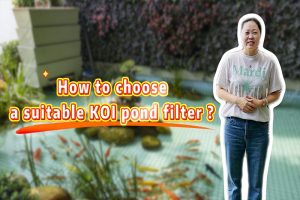Most people feel that nothing adds more glamour to a landscape than a beautiful, well-built koi pond. Koi ponds are becoming more and more popular these days as they not only add beauty to the environment, but also bring a sense of serenity. Brightly coloured koi swimming gracefully in clear water, coupled with the soothing sound of a waterfall, makes for an unforgettable experience.
However, many people are sceptical about the maintenance of koi fish ponds. In reality, koi fish pond maintenance does require some time and effort, but it can be made easier with the right approach and some basic knowledge.
1.Basic Maintenance Requirements for Koi Ponds
1.Water Quality Management
Water quality is the core of koi pond maintenance. Good water quality not only ensures the health of the koi, but also avoids the growth of algae and pathogens. The main aspects of water quality management include the following:
- Regular water changes: change 10-20% of the water every week to keep the water quality fresh.
- Monitor water quality parameters: Regularly test indicators such as pH, ammonia, nitrite and nitrate to ensure they are within safe limits.
- Adding water quality stabiliser: Add appropriate amount of water quality stabiliser as needed, such as dechlorinating agent, pH adjusting agent, etc.
2.Filtration System
- Physical filtration: Drum filters are highly effective in removing suspended particles from the water, such as fish faeces and food residues. Its automatic cleaning function makes maintenance easier.
- Biological Filtration: With the help of the drum filter’s biochemical compartment and bacteria house, harmful substances in the water such as ammonia and nitrogen are rapidly decomposed, increasing the efficiency of biological filtration.
3.Fish pond cleaning
Koi pond cleaning mainly includes clearing the bottom of the pond of sediments, cleaning the filtration equipment, and removing floating objects from the water surface. Regular cleaning can effectively prevent the deterioration of water quality and the growth of germs. The YCM series automatic drum filter can greatly reduce the frequency of manual cleaning.
2.Seasonal maintenance
Maintenance of koi ponds varies with the seasons. In spring, as the temperature rises, the koi gradually become more active. At this time it is necessary to intensify water changes and filtration, and gradually resume normal feeding. At the same time prevent disease. In summer, due to the high water temperature, oxygen is easily insufficient. The pond should increase the aeration of the water body to prevent the koi from lack of oxygen, and maintain proper lighting and regular cleaning of algae.
In autumn, as the temperature gradually decreases, gradually reduce the amount of feeding, and check the filtration equipment and oxygen supply equipment to ensure their normal operation. In winter, as temperatures start to get colder and koi in some areas go dormant, feed less and keep the water quality stable. And take anti-freezing measures in cold areas to avoid freezing of pool water.
3.Advantages of Drum Fish Pond Filters
The Koi Pond Combi Drum Filter is a popular choice for modern koi pond filtration systems due to its efficiency and convenience. Its main advantages include:
- Highly efficient physical filtration: the drum microfilter quickly removes suspended particles from the water, keeping it crystal clear.
- Intelligent automatic cleaning: reduces the frequency and workload of manual maintenance, making maintenance easier.
- Improve the efficiency of biological filtration: through the efficient treatment of biochemical silo and bacterial house, coupled with strong UV disinfection and sterilisation. It can effectively inhibit the growth of algae and improve the efficiency of the overall filtration system.
- Energy saving and environmental protection: the drum filter has a delicate design, low energy consumption, environmental protection and high efficiency.
